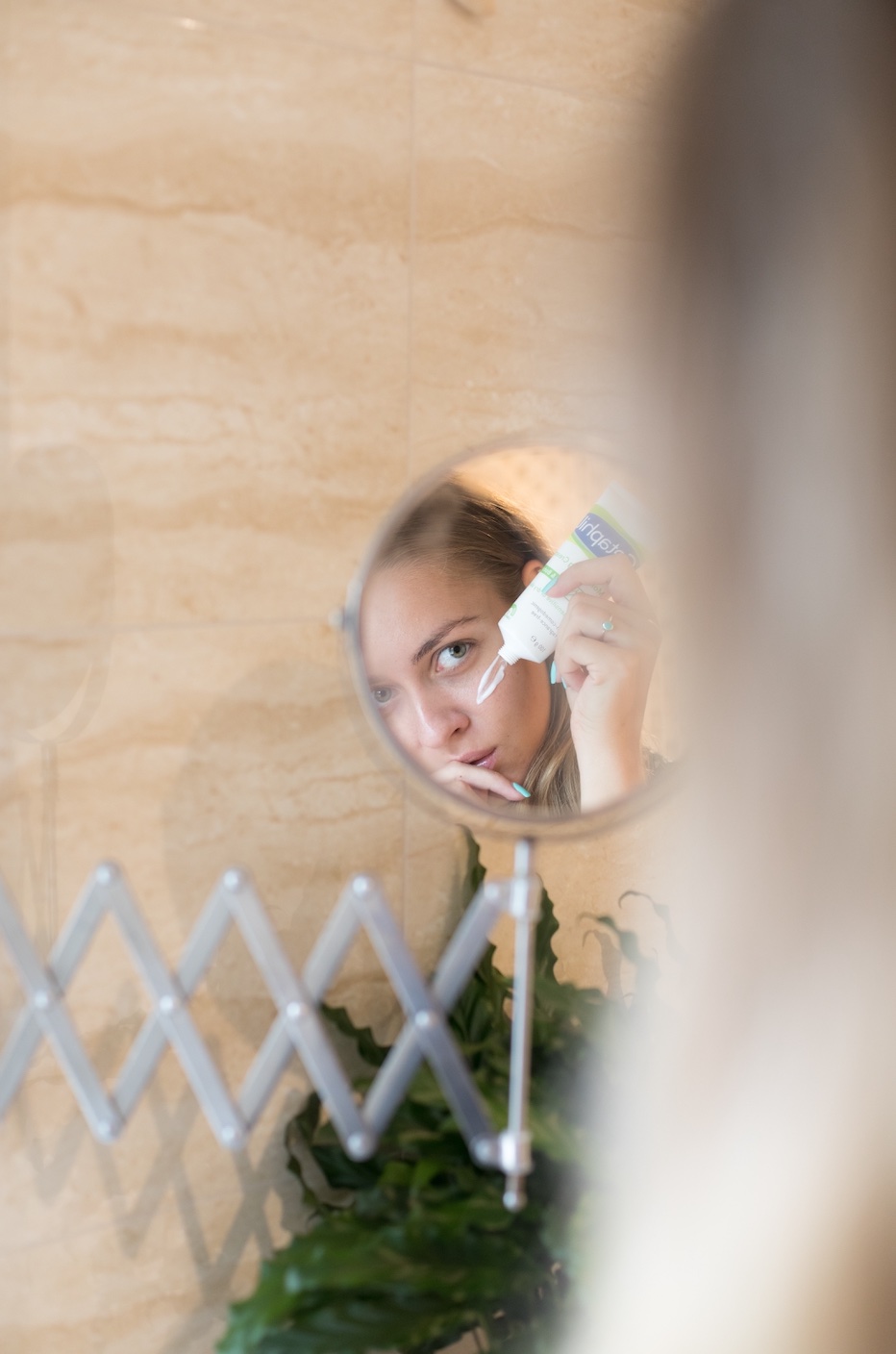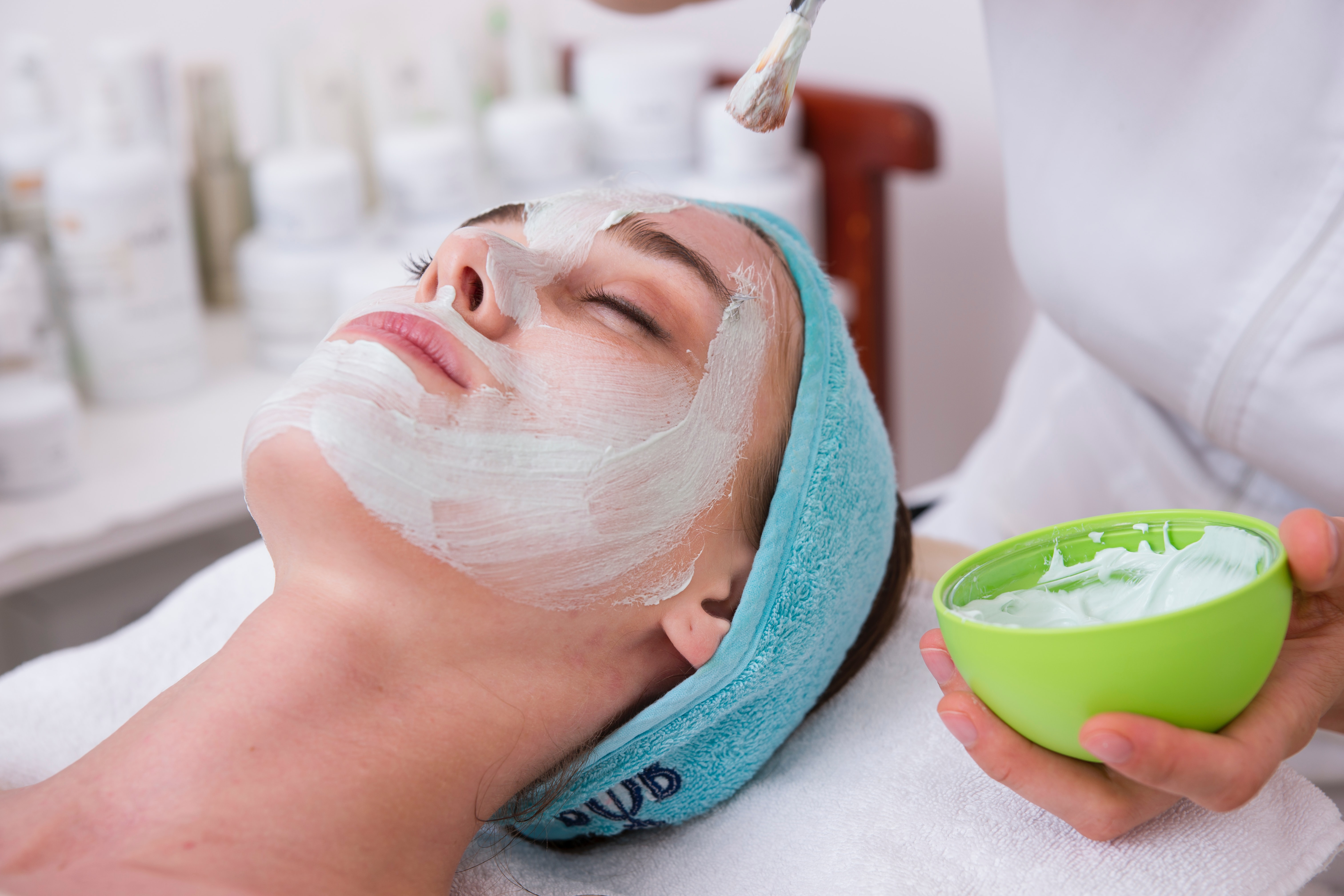Depending on the condition of your skin and the results you are looking for, a peel just might be the answer to your pursuit of a younger-looking face.
Dermatologists have told us for years that reclaiming a youthful complexion is a near impossibility. But, of course, we didn’t listen, did we? Thankfully neither have the cosmetics companies. From high-powered dermatologist-applied peels to the more mild at-home versions, chemical exfoliation has come a long way in the last several years. Even better yet, the results have begun to encroach on that realm of impossibility. With reports of shrunken pores, fading lines, and vanishing age spots, peels are gaining popularity with the public and respect in dermatological circles.
So what’s in a peel? The common active ingredients you will find are hydroxy acids for chemical and lytic enzymes for enzymatic peeling. The type of acids and their concentration is what determines the aggressiveness of the chemical peeling. Trichloroacetic acid is probably the most intense ingredient you will find. This acid is present in what is called a medium peel and is only available from a licensed dermatologist. Glycolic acid is less harsh than trichloroacetic acid but is still one of the more intense that you will find in a mild peel. More mild than glycolic is lactic acid and the mildest of the common acids is citric. Depending on whether it is an at-home treatment, one applied by a dermatologist, or one at a spa, one of these acids will be the ingredient responsible for the results.
In the case of enzymatic peeling, there are different enzymes that break down lipids or proteins eliminating dull or old cells and their remains from the outer layer of the epidermis. There are popular ingredients containing one enzyme, like Zymo Lift MD, or Papain that contains protease that breaks down a protein attaching epidermal cells together. The most advanced ingredients may contain more than one enzyme, like Zymo Clear MD that besides protease contains lipase, destroying lipids. You can try enzymatic peeling at the spa, also it accessible for do-it-yourself at home, but we recommend the usage of ready-to-use formulations like MBR’s Enzyme Cleansing Booster.
And just what can you expect from a peel? Well, like the packaging says, results may vary, but here is a basic rundown. The purpose of a peel is simply that – to uncover the upper layer or layers of the epidermis to reveal the youthful (and smoother) skin underneath. Mild peels simply remove the dead cells on the top, but a deep enough peel can remove some healthy skin to get to the root of fine lines and wrinkles and an aggressive enough that can even erase age spots and precancerous growths.
A mild do-it-yourself chemical peel will give you short-term results lasting a few days, including softer, more supple skin and diminished appearance of pores and lines. The good news is that even though the effects are short-lived, these peels are mild enough to be applied up to three times a week. Look for acid concentrations around the 10% level for safe at-home application. Your skin may be irritated and slightly sensitive immediately after it but should return to normal within a few hours.

For deeper, longer-lasting results, a more intense peel may be in order. You may choose to visit a dermatologist or a spa for one of these treatments. Spas can often offer the same results for less money for mild peels, but when you get into the more aggressive treatments, a dermatologist is your best bet for both safety and experience. With hydroxy acid concentrations in the 20% range, these peels are the ones that start to turn back the years. After one of these peels, your skin will be flushed and much more susceptible to sunburn for a few days. The good news is that makeup can be applied right away.
For the deepest and most permanent results, you may be interested in a medium peel from your dermatologist. Don’t let the word “medium” fool you, though; these acid concentrations are much higher – between 35 and 50% – and the recovery time much longer – up to two weeks. Of course, after one of these peels, your skin will eventually scab, but the results can be more than worth it. Dermatologists agree that these peels can erase a decade’s worth of sun damage and, in some cases, even remove age spots and those precancerous growths we talked about earlier.
Depending on the condition of your skin and the results you are looking for, a peel just might be the answer to your pursuit of a younger-looking face.


Join the conversation!